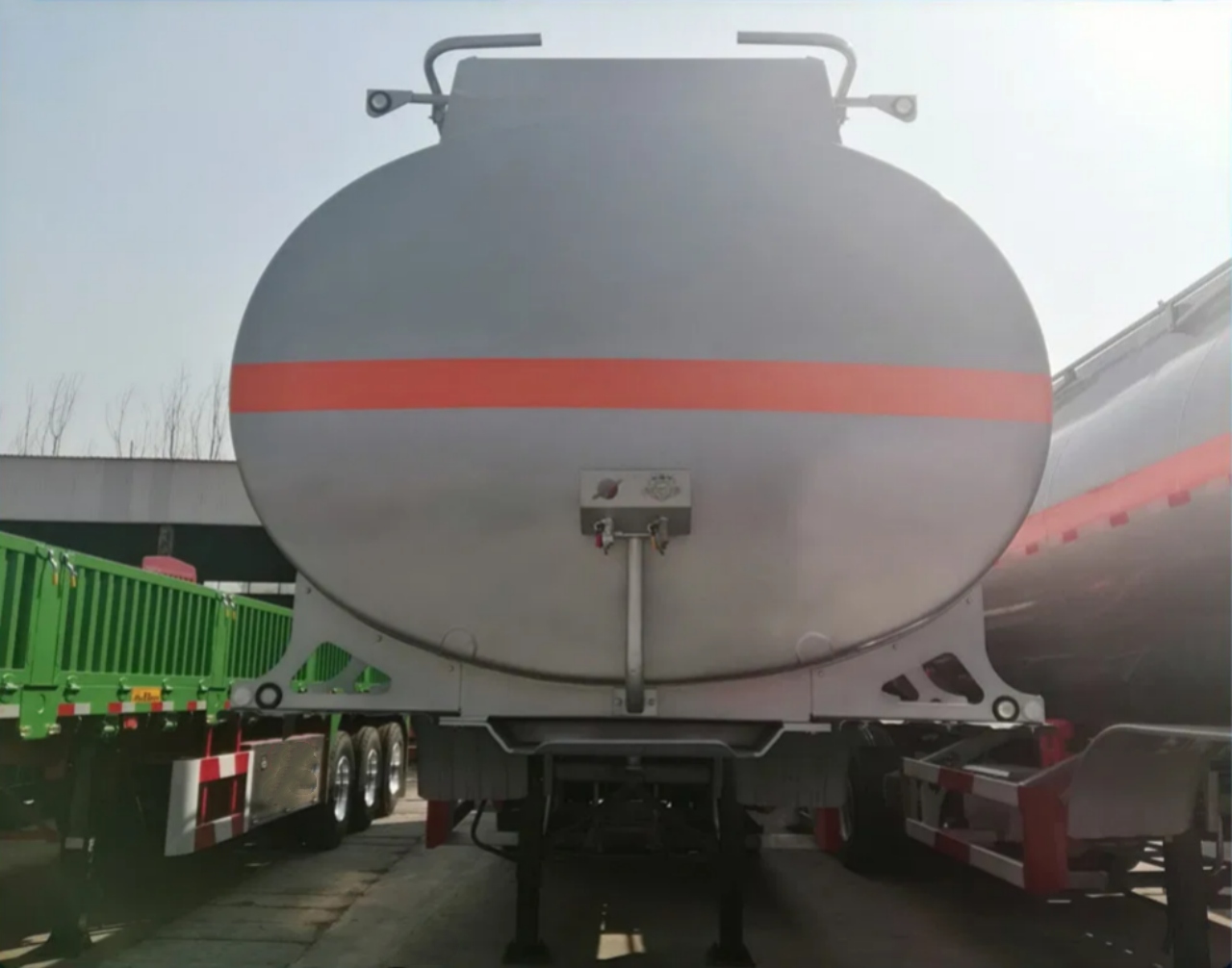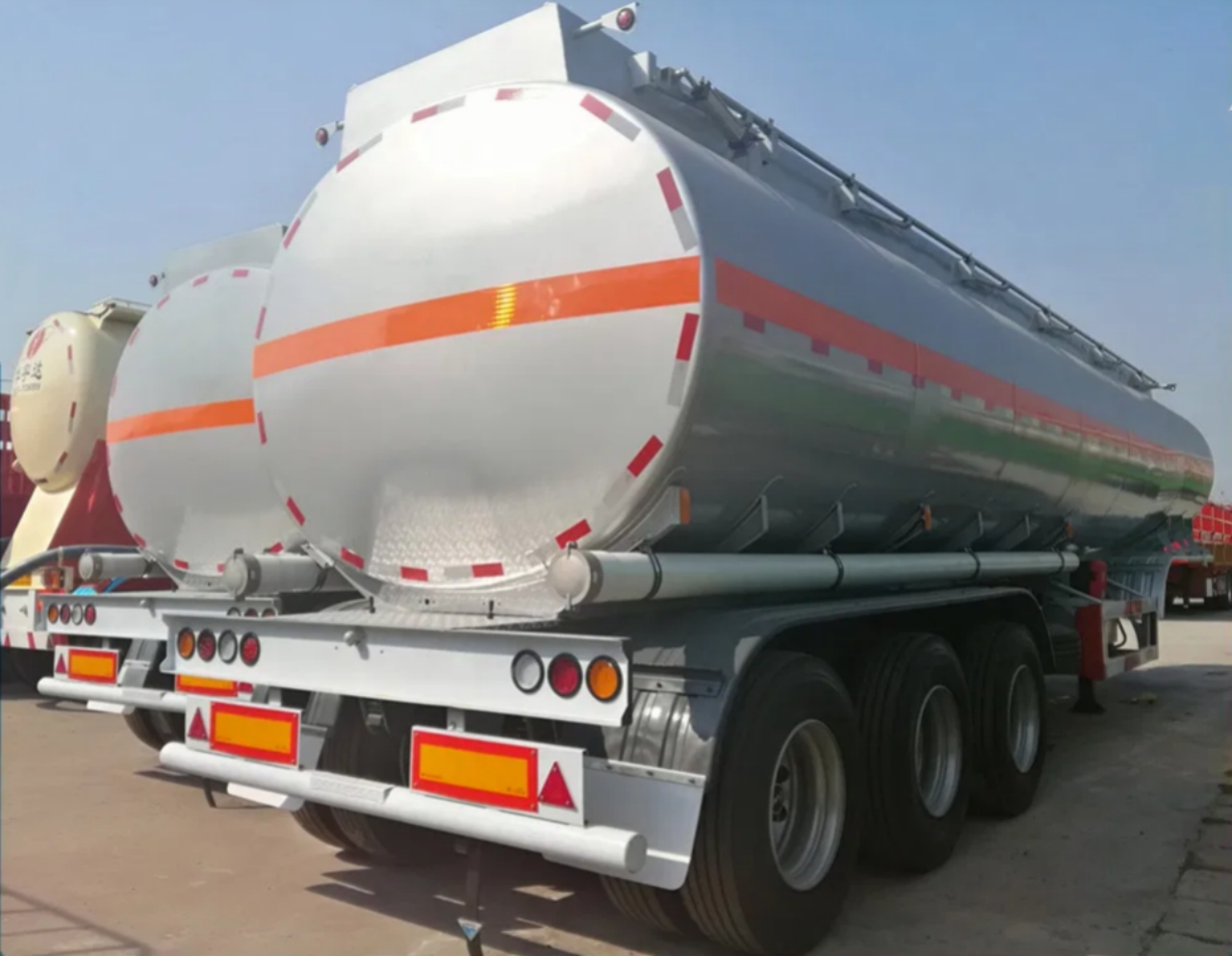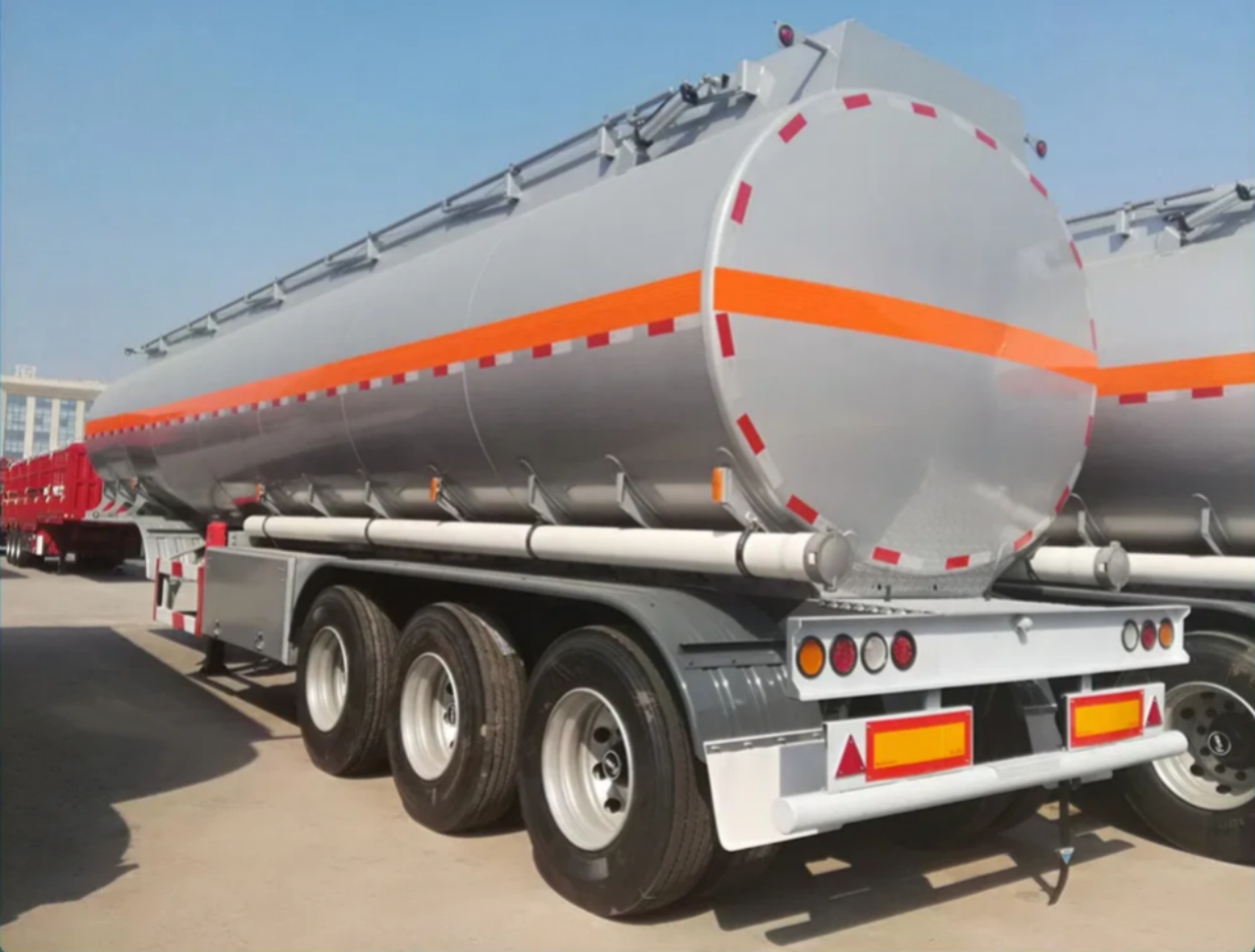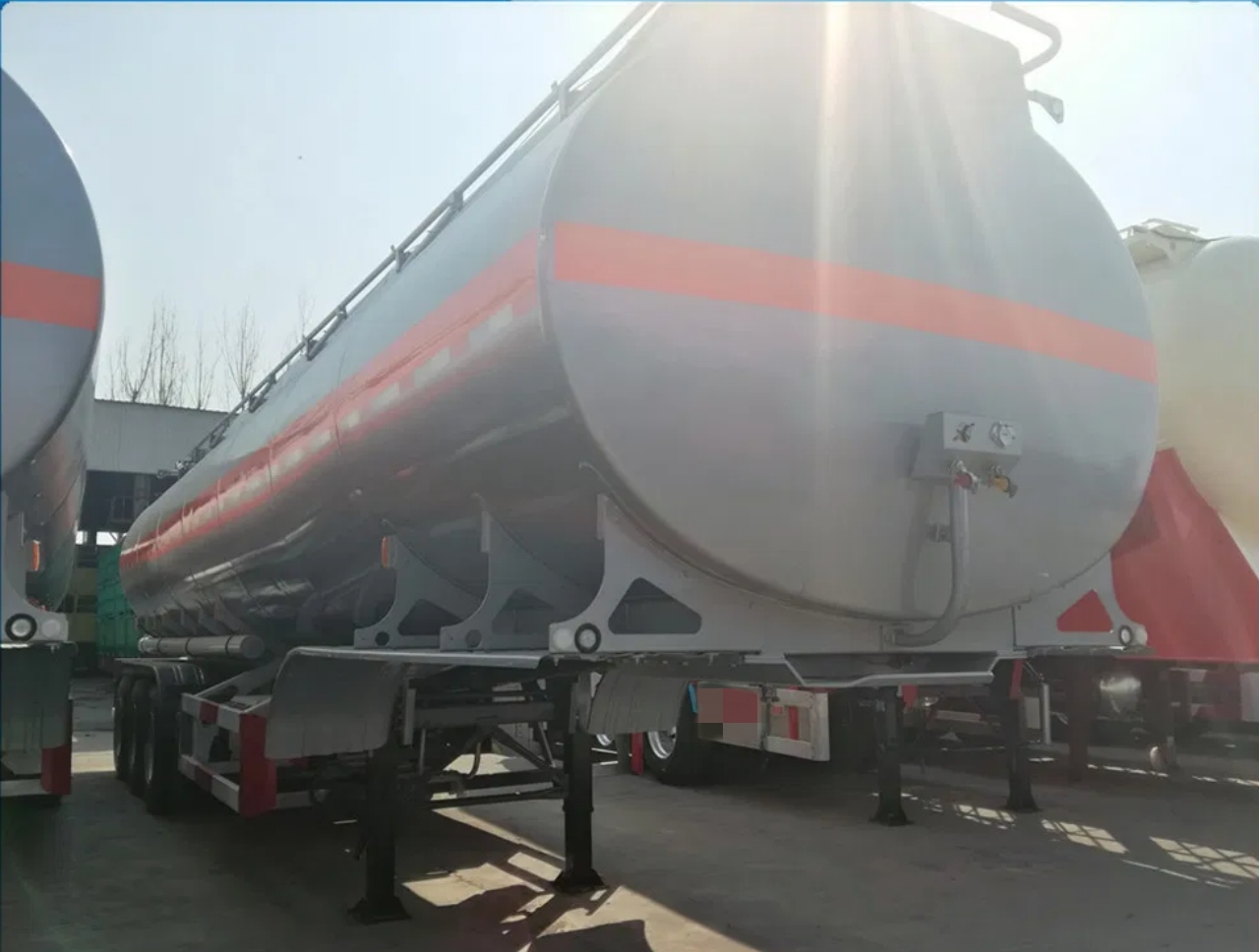Water tanker trailers are critical components in industries such as agriculture, construction, mining, and emergency services. These mobile water-carrying units play a vital role in transporting large volumes of water to areas where a reliable water source is unavailable or impractical. One of the first questions that arises when discussing these vehicles is: How long is a water tanker trailer? The answer isn’t as straightforward as one might think, as several factors influence the length of these trailers, including regional regulations, intended use, tank capacity, and vehicle configuration. This article explores the various aspects that determine the length of water tanker trailers, typical size ranges, and their operational implications.
Understanding Water Tanker Trailers
Before diving into their dimensions, it’s essential to understand what a water tanker trailer is. A water tanker trailer is a semi-trailer specifically designed to carry large quantities of water. It is typically towed by a semi-truck (tractor unit) and is equipped with a cylindrical tank mounted on a chassis. These tankers are used to supply potable water, suppress dust on construction sites, fight wildfires, fill reservoirs, or irrigate agricultural land.
There are different types of water tankers based on usage:
- Potable water tankers (used for human consumption)
- Non-potable water tankers (used for construction, dust suppression, etc.)
- Stainless steel or aluminum tankers (used for hygienic transport)
- Carbon steel tankers with internal coatings (used for industrial applications)
Each of these variants may have different dimensional requirements based on payload, legal road limits, and vehicle design.
Typical Length of Water Tanker Trailers
Water tanker trailers generally range in length from 25 feet (7.6 meters) to 53 feet (16.2 meters). The most common lengths fall between 30 feet (9 meters) and 45 feet (13.7 meters). The length directly correlates with the tank’s capacity and the trailer’s axle configuration.
Common Length Ranges by Region:
- United States: In the U.S., typical water tanker trailers range from 42 to 48 feet in length. The maximum trailer length allowed on highways is usually 53 feet, depending on the state.
- Europe: European regulations often cap semi-trailer lengths at around 13.6 meters (approximately 44.6 feet).
- Asia and Africa: In these regions, trailer length varies more due to less standardized regulations, but often stays within the 30–45 feet range.
- Australia: Australian road trains may include multiple trailers, with individual tanker lengths ranging from 30 to 40 feet or more, depending on their configuration.
Factors Influencing Length
- Tank Capacity
The most direct influence on trailer length is how much water the tanker needs to carry. Water is heavy — 1 gallon weighs about 8.34 pounds, and 1 cubic meter weighs 1,000 kilograms (1 metric ton). A tanker carrying 30,000 liters (about 7,925 gallons) of water will need a robust and elongated chassis to support the tank’s weight and volume, typically leading to a trailer length of around 40 feet. - Axle Configuration
A longer trailer often requires more axles to distribute the weight of the water. For example, a 45-foot tanker trailer might have a tri-axle configuration, whereas a shorter 30-foot trailer may only require 2 axles. The number and arrangement of axles impact both the trailer’s length and its maneuverability. - Regulatory Restrictions
Road regulations dictate the maximum allowable dimensions of commercial vehicles. These vary by country or even by state or province within a country. Regulations typically define the maximum length, width, height, and gross vehicle weight (GVW), which directly influences how long a water tanker trailer can be. - Intended Usage
If the tanker is intended for off-road use on farms or construction sites, it may be shorter and more maneuverable, often around 25 to 35 feet. Conversely, for long-distance highway water transport, tankers will be longer to maximize volume and fuel efficiency. - Material of Construction
Tankers made of heavier materials like stainless steel may have smaller tanks to remain within legal weight limits. This can reduce the overall length slightly compared to tankers made from lighter materials such as aluminum or polyethylene. - Trailer Design and Manufacturer Specifications
Different manufacturers offer various trailer models and configurations tailored to specific industries. Custom-built tankers can range widely in size depending on customer requirements, from compact 20-foot units to massive 53-foot trailers designed for industrial use.
Length vs. Capacity
To provide a general idea, here is a breakdown of how tanker length often correlates with capacity:
| Trailer Length (ft) | Approximate Capacity (gallons) |
|---|---|
| 25 ft | 3,000 – 4,000 gallons |
| 30 ft | 5,000 – 6,000 gallons |
| 40 ft | 6,000 – 8,000 gallons |
| 45 ft | 8,000 – 9,500 gallons |
| 53 ft | 10,000+ gallons |
Note that the shape of the tank (cylindrical, elliptical, or rectangular), baffle design, and wall thickness will also affect how much water the tank can safely carry.
Operational Considerations
1. Maneuverability
Longer tankers can be more challenging to operate, especially in confined urban environments or rough terrain. Shorter tankers offer more agility but at the cost of lower capacity.
2. Weight Distribution
Longer tankers help with better weight distribution across multiple axles, which is essential for both road safety and compliance with transportation laws.
3. Fuel Efficiency
Longer and heavier tankers require more fuel to operate, though they may transport more water per trip, making them more efficient for long-distance hauling.
4. Maintenance and Storage
A longer trailer needs more space for parking and maintenance. Companies must consider this when designing depots or garages.
Conclusion
The length of a water tanker trailer varies based on many factors, including tank capacity, regional regulations, axle configuration, and intended use. While a typical water tanker trailer might be around 40 to 45 feet long, the actual size can range from 25 to 53 feet. Understanding the specific application and legal constraints is essential when selecting or designing a water tanker trailer. Whether you need a nimble off-road unit for a construction site or a high-capacity highway trailer for rural water delivery, choosing the right length is a key factor in optimizing efficiency, safety, and operational costs.





